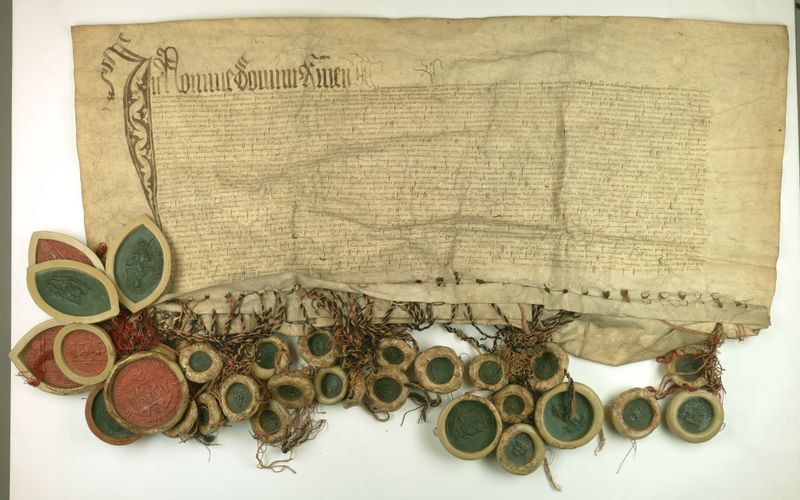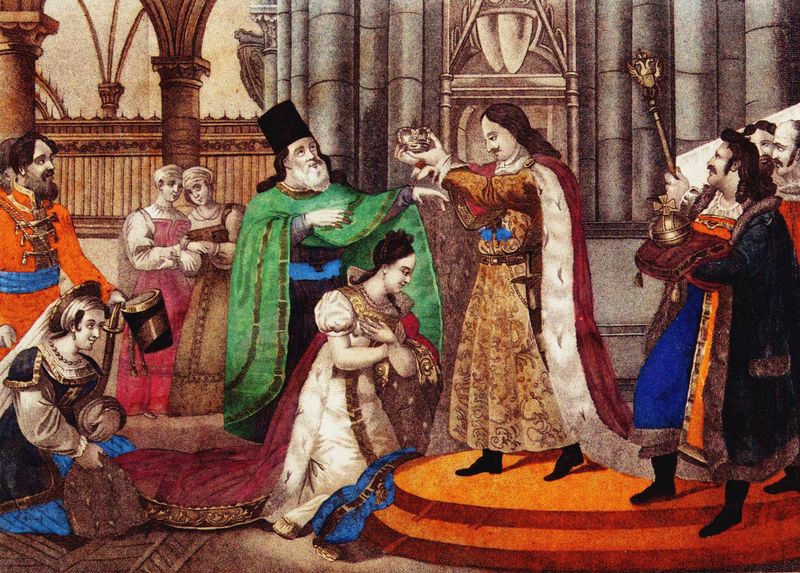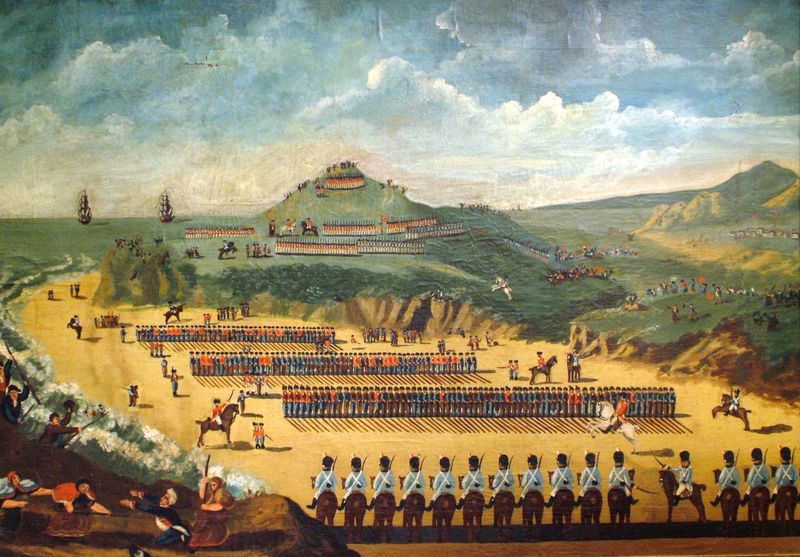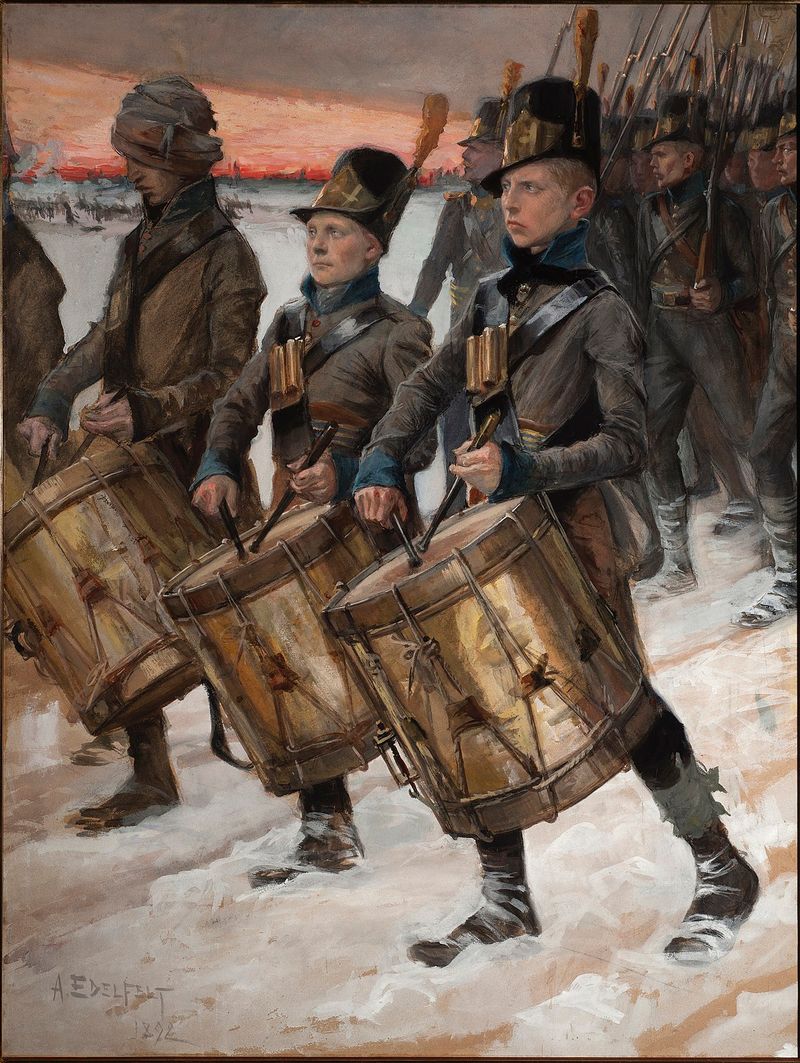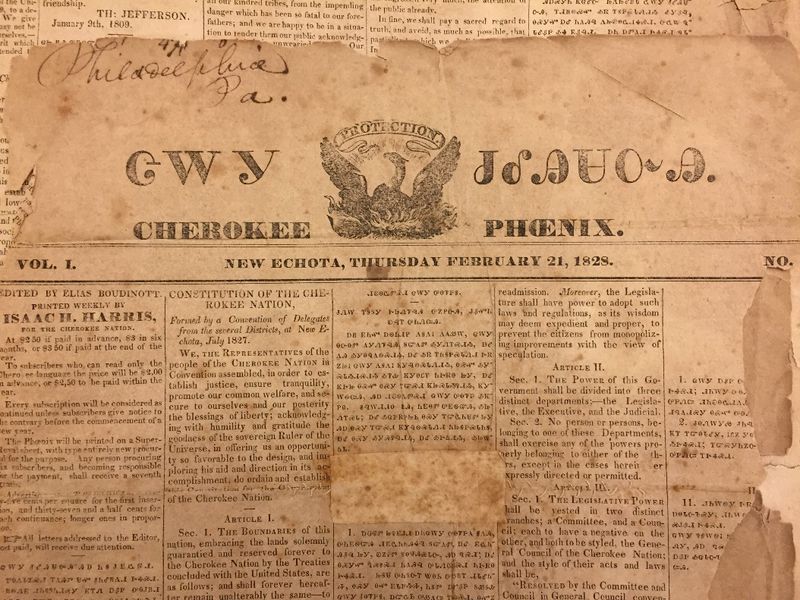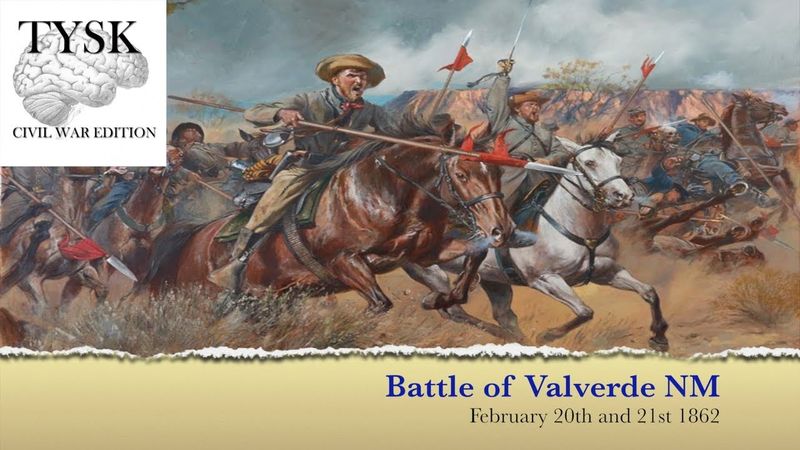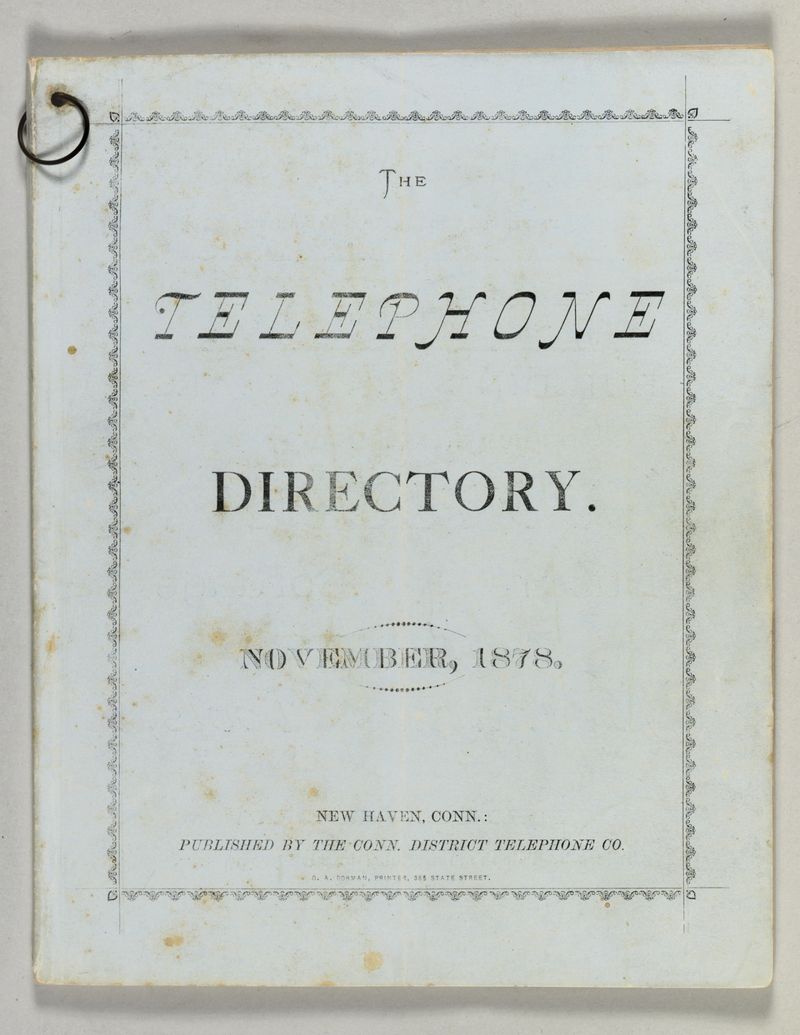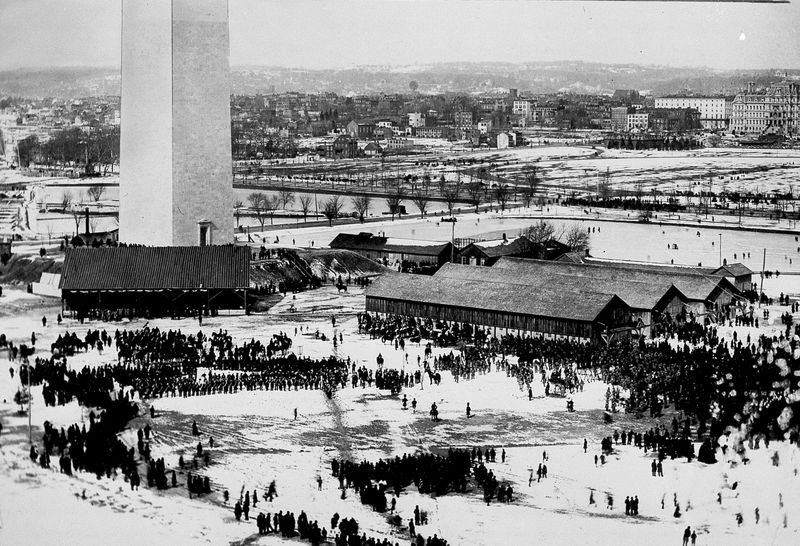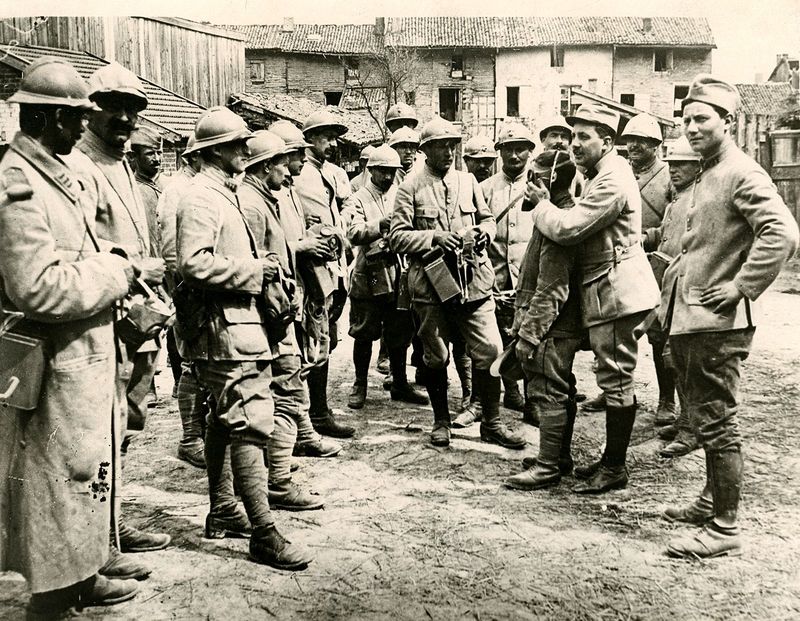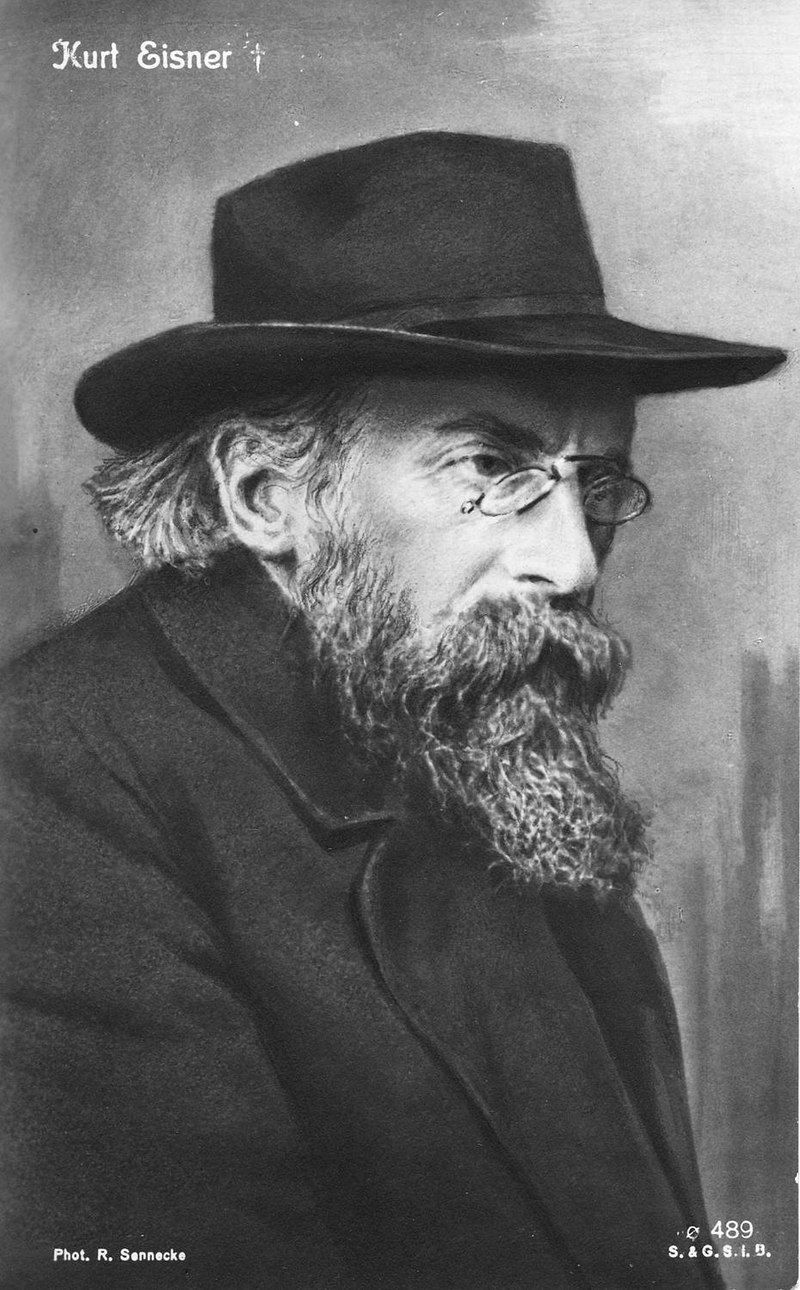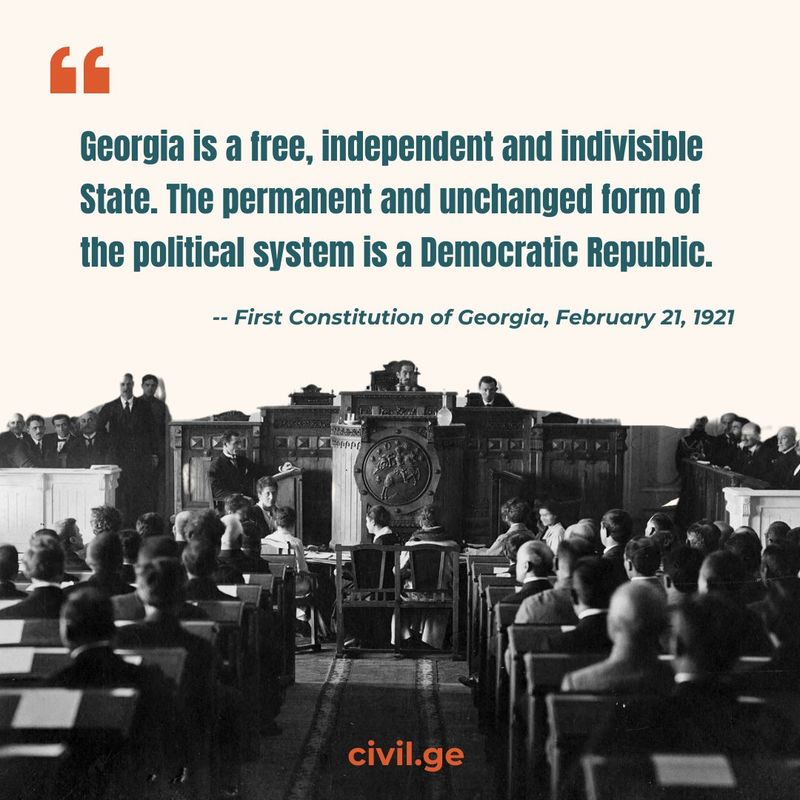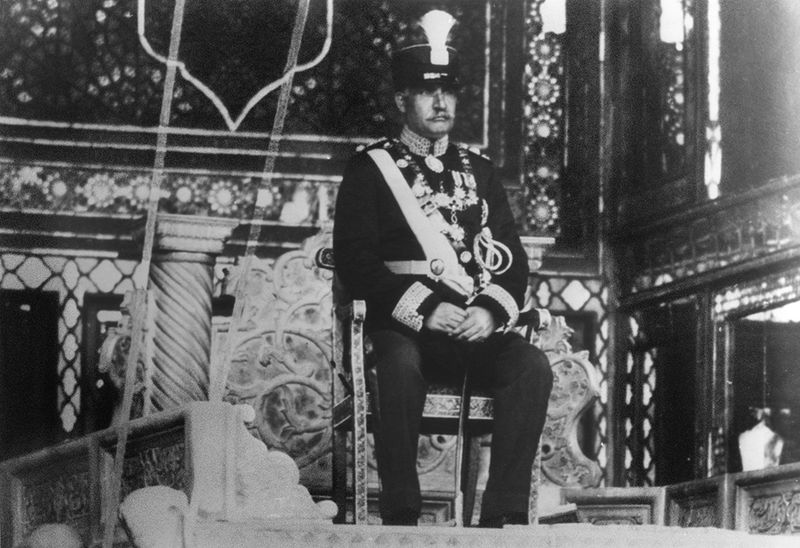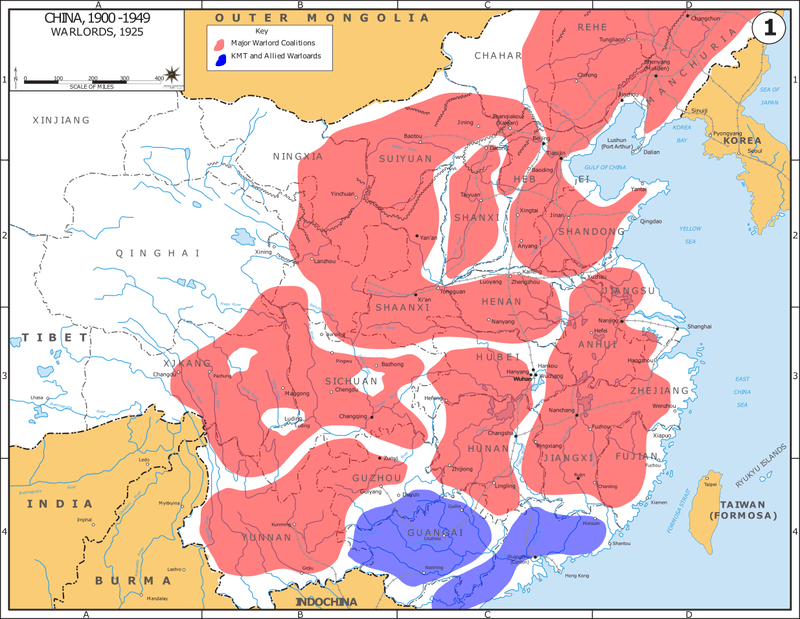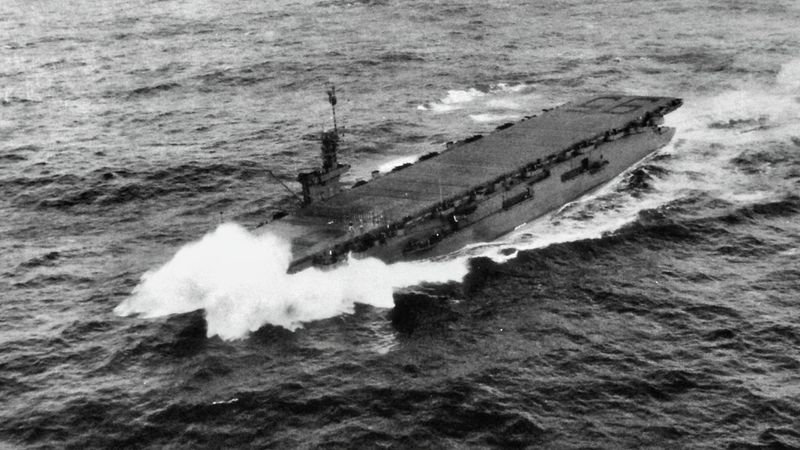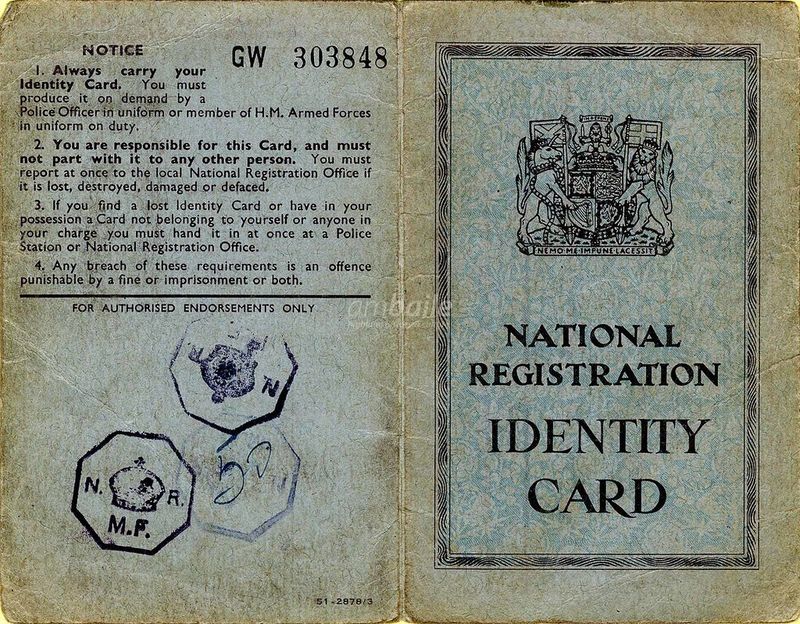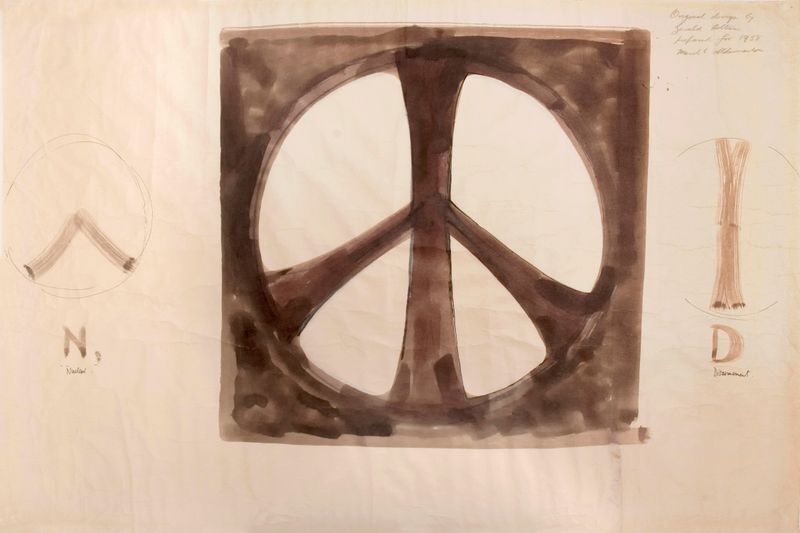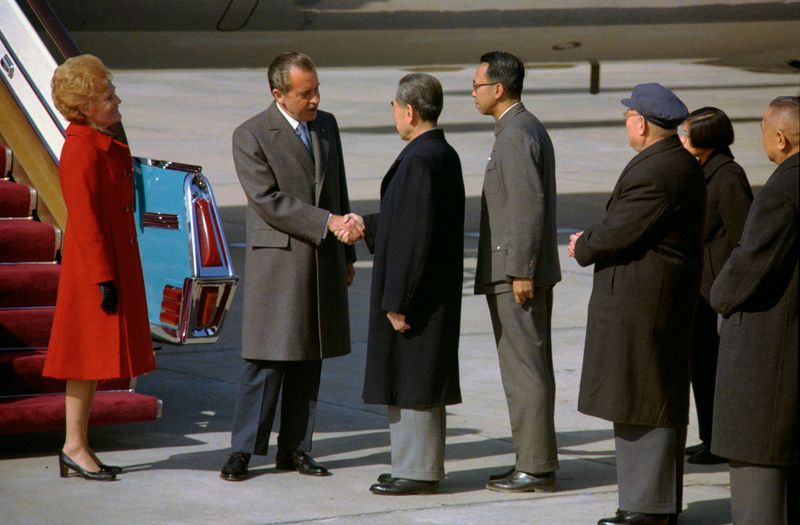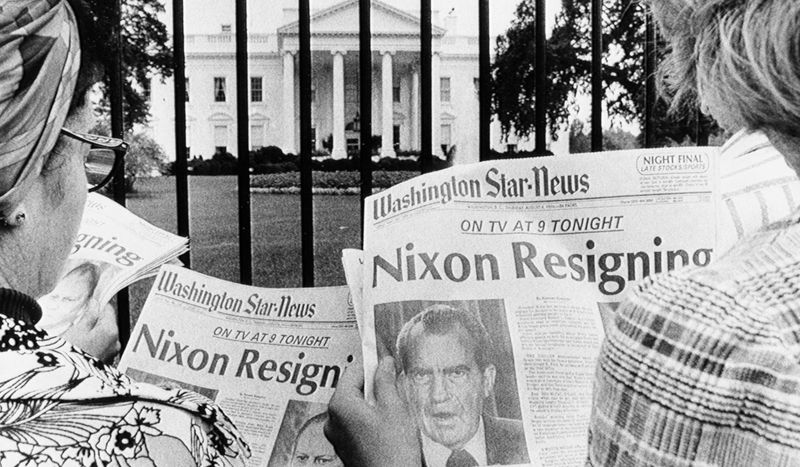February 21st stands as a remarkable day, echoing the resonance of history through a tapestry of diverse events.
From political shifts to technological breakthroughs, each moment on this day has crafted its unique legacy.
Let’s explore the fascinating events that have occurred on this date, offering a glimpse into the ever-changing narrative of human progress and endeavor.
1. 1440 – Prussian Confederation Formed
On February 21, 1440, the Prussian Confederation was established, marking a significant moment in medieval European politics.
This alliance of cities and nobility in the region sought autonomy from the Teutonic Order, aiming to safeguard their rights and privileges. The confederation’s formation reflected the growing discontent with the Teutonic rule.
It eventually played a crucial role in the Thirteen Years’ War, aligning with Poland against the Order. This strategic move paved the way for the eventual incorporation of Prussia into the Polish Crown, altering the region’s geopolitical landscape.
A testament to unity’s power, it underscores the era’s complex political dynamics.
2. 1613 – Romanov Dynasty Begins
February 21, 1613, marks the beginning of the Romanov dynasty in Russia with the coronation of Michael Romanov as Tsar. At just 16, Michael was thrust into leadership during a tumultuous period known as the Time of Troubles.
His reign initiated a dynasty that lasted over three centuries, shaping Russian history profoundly. The Romanovs oversaw significant territorial expansion and modernization, ushering in an era of relative stability.
Their rule ended tragically with the Russian Revolution in 1917, but the dynasty’s impact on Russian culture and governance remains a pivotal chapter in history.
3. 1797 – French Invasion at Fishguard
The French invasion at Fishguard, occurring on February 21, 1797, stands as the last invasion of Britain. A small force of French troops landed in Wales, intending to ignite a Welsh uprising against English rule.
Surprisingly, the invasion was thwarted by local resistance, including women dressed in traditional Welsh costumes, mistaken for soldiers. This short-lived military campaign ended in surrender within two days, with minimal bloodshed.
The event is commemorated in Fishguard, highlighting a unique chapter in British history where civilian courage played a pivotal role in defense against foreign invasion.
4. 1804 – First Self-Propelling Steam Locomotive in Wales
In a groundbreaking feat of engineering, the first self-propelling steam locomotive made its debut in Wales on February 21, 1804. Designed by engineer Richard Trevithick, this locomotive marked a pivotal moment in transportation history.
Capable of hauling ten tons of iron and 70 passengers, it revolutionized the movement of goods and people. Trevithick’s innovation set the stage for the expansion of rail transport, catalyzing the industrial revolution.
While facing initial challenges, including track durability, this pioneering invention laid the groundwork for modern rail systems, underscoring the transformative power of technology and human ingenuity.
5. 1808 – Finnish War Begins
The Finnish War commenced on February 21, 1808, as part of the larger Napoleonic Wars. Russia, aiming to expand its influence in Scandinavia, invaded Finland, then under Swedish rule.
The conflict saw fierce battles amid harsh winter conditions, eventually leading to Finland’s cession to Russia through the Treaty of Fredrikshamn in 1809.
This event marked a significant shift in Finland’s political landscape, laying the foundation for its future autonomy under Russian influence.
Though initially a struggle for control, the war ultimately contributed to Finland’s national identity and its eventual path towards independence.
6. 1828 – Cherokee Phoenix Debuts
On February 21, 1828, the Cherokee Phoenix, the first Native American newspaper, was published in New Echota, Georgia. Edited by Elias Boudinot, this bilingual publication in Cherokee and English played a crucial role in unifying the Cherokee nation.
It provided a platform for discussing pressing issues, including land rights and cultural preservation, during a time of significant external pressures.
The newspaper symbolized resilience and adaptation, empowering the Cherokee people to voice their concerns and aspirations.
Though it ceased publication in 1834, the Cherokee Phoenix remains a testament to the enduring spirit of a community striving to maintain its heritage.
7. 1842 – First U.S. Sewing Machine Patent Granted
February 21, 1842, marks a milestone in manufacturing with the granting of the first U.S. sewing machine patent to John Greenough. This invention revolutionized the textile industry by vastly improving the efficiency and precision of garment production.
Although Greenough’s design did not achieve commercial success, it laid the groundwork for later innovations by inventors like Elias Howe and Isaac Singer.
The sewing machine not only transformed domestic life, making sewing accessible to households, but also catalyzed the garment industry’s growth, contributing significantly to economic development.
Greenough’s patent represents a foundational step in the evolution of modern manufacturing.
8. 1848 – Communist Manifesto Published
The Communist Manifesto, authored by Karl Marx and Friedrich Engels, was published on February 21, 1848. This influential political document laid the ideological foundation for communism, critiquing capitalism and advocating for a classless society.
Its publication coincided with the wave of revolutions across Europe, resonating with those seeking social and economic reforms.
The manifesto’s call for the working class to rise against bourgeois oppression significantly impacted political thought and movements worldwide.
Despite controversies and reinterpretations, its core ideas continue to inspire debates on economic equality and social justice, leaving an indelible mark on modern political discourse.
9. 1862 – Battle of Valverde
The Battle of Valverde, fought on February 21, 1862, during the American Civil War, was a significant conflict in the New Mexico Campaign. Confederate forces, seeking to extend their influence in the Southwest, clashed with Union troops near the Rio Grande.
Despite initial setbacks, the Confederates triumphed, gaining control of valuable resources and territory. However, their success was short-lived, as Union forces later regrouped and pushed them back.
Valverde remains a testament to the strategic maneuvers and challenges faced by both sides. It underscores the broader complexities of the Civil War, particularly in the less-contested Western theaters.
10. 1878 – First Telephone Directory Issued
On February 21, 1878, the world saw its first telephone directory, issued in New Haven, Connecticut. This simple sheet listed 50 subscribers, marking a revolutionary step in communication.
As telephones gained popularity, the directory became an essential tool for connecting individuals and businesses. It symbolized the dawn of a new era in connectivity, transforming social and commercial interactions.
Over time, telephone directories evolved, growing in size and complexity, and became a staple in households worldwide.
Today, while digital technology has largely replaced physical directories, their legacy endures as a cornerstone of modern communication infrastructure.
11. 1885 – Washington Monument Dedicated
The Washington Monument, an iconic symbol of American history, was dedicated on February 21, 1885. Standing at 555 feet, it honors George Washington, the nation’s first president, and exemplifies the architectural prowess of the era.
The monument’s construction spanned several decades, facing financial and political hurdles. Its dedication marked the culmination of a national effort to commemorate Washington’s legacy.
Overlooking the National Mall in Washington, D.C., it serves as a beacon of American ideals and achievement. Visitors from around the world continue to marvel at its grandeur, reflecting on the values and history it represents.
12. 1916 – Battle of Verdun Begins
February 21, 1916, saw the commencement of the Battle of Verdun, one of World War I’s longest and most grueling battles. Fought between French and German forces, it symbolized the war’s attrition warfare, with massive casualties on both sides.
The battle lasted for ten months, becoming a symbol of French national determination and resilience. Verdun’s strategic significance lay in its psychological impact, intended by the Germans to bleed France white.
Ultimately, the French held their ground, emerging victorious but at a tremendous cost. Verdun remains a poignant reminder of the war’s brutality and the human spirit’s endurance.
13. 1918 – Last Carolina Parakeet Dies
On February 21, 1918, the last known Carolina Parakeet died in captivity at the Cincinnati Zoo, marking the extinction of this vibrant North American bird.
Once common in the southeastern United States, the species faced numerous threats, including habitat loss, hunting, and disease.
The parakeet’s extinction highlighted the broader environmental impacts of human activity and the need for conservation efforts. Its loss serves as a somber reminder of the fragility of ecosystems.
Today, the Carolina Parakeet’s legacy lives on through conservation programs aimed at preventing similar fates for other species, underscoring the importance of biodiversity preservation.
14. 1919 – Kurt Eisner Assassinated
February 21, 1919, witnessed the assassination of Kurt Eisner, a key figure in the Bavarian Revolution. As the leader of the Independent Social Democratic Party, Eisner played a crucial role in overthrowing the Bavarian monarchy, establishing a socialist republic.
His assassination by a right-wing extremist underscored the volatile political climate in post-World War I Germany. Eisner’s death sparked further unrest, illustrating the deep ideological divides and social tensions of the era.
His legacy endures in the history of German democracy, symbolizing the struggle for political reform and the challenges of establishing a new order amidst chaos.
15. 1921 – Georgian Constitution Adopted
On February 21, 1921, Georgia adopted its first constitution, marking a significant step in its quest for independence.
Following the collapse of the Russian Empire, Georgia sought to establish a democratic republic, with the constitution enshrining fundamental rights and freedoms.
The document reflected progressive ideals, including universal suffrage and the separation of powers. However, the fledgling republic soon faced challenges, as Soviet forces invaded, leading to its incorporation into the USSR.
Despite its short-lived independence, the 1921 constitution remains a symbol of Georgia’s aspirations for sovereignty and democracy, influencing its eventual path to independence in the late 20th century.
16. 1921 – Rezā Shāh Seizes Control of Tehran
February 21, 1921, marks a pivotal moment in Iranian history when Rezā Shāh seized control of Tehran. Leading a military coup, he aimed to restore order and modernize the country after years of political instability.
Rezā Shāh’s ascent paved the way for the establishment of the Pahlavi dynasty, ushering in significant reforms in education, infrastructure, and governance.
His rule emphasized centralization and secularization, though it also faced criticism for authoritarian practices.
Rezā Shāh’s legacy is a complex one, reflecting both his contributions to Iran’s modernization and the tensions inherent in balancing tradition and progress.
17. 1925 – The New Yorker Publishes Its First Issue
The New Yorker magazine launched its inaugural issue on February 21, 1925, revolutionizing literary journalism. Founded by Harold Ross, the publication aimed to capture the vibrant cultural pulse of New York City through wit and sophistication.
Known for its distinctive voice, The New Yorker quickly gained acclaim for its in-depth reporting, fiction, and cartoons. It became a platform for celebrated writers and artists, influencing generations of readers.
The magazine’s enduring success lies in its ability to adapt to changing times while maintaining its commitment to literary excellence, making it a cultural touchstone in American journalism.
18. 1929 – Warlord Rebellion in Shandong
On February 21, 1929, Shandong province in China became the epicenter of a significant warlord rebellion.
Amidst the fragmented political landscape following the fall of the Qing Dynasty, regional military leaders vied for control, leading to frequent conflicts.
The Shandong rebellion exemplified the instability and power struggles that plagued China during this era. The clash underscored the challenges of unification and governance in a country deeply divided by regional interests.
Eventually, such turmoil contributed to the rise of the Nationalist government and the eventual establishment of the People’s Republic of China, reshaping the nation’s trajectory.
19. 1945 – Iwo Jima Kamikaze Attack Sinks USS Bismarck Sea
On February 21, 1945, during the intense Battle of Iwo Jima in World War II, the USS Bismarck Sea was the last U.S. aircraft carrier sunk by a kamikaze attack. The Japanese suicide mission highlighted the desperate tactics employed in the Pacific theater.
As kamikaze planes struck the carrier, it underscored the fierce and relentless nature of the conflict. Despite the loss, the battle continued, with American forces eventually capturing Iwo Jima.
The sinking of the USS Bismarck Sea remains a poignant reminder of the war’s brutality and the sacrifices made by those involved in this historic conflict.
20. 1947 – Edwin Land Demonstrates the Instant Camera
February 21, 1947, marked a revolutionary moment in photography as Edwin Land demonstrated the first instant camera, the Polaroid Land Camera.
This innovation allowed photographs to develop within minutes, transforming the way people captured and shared memories. Land’s invention sparked a cultural phenomenon, making photography accessible and immediate.
The Polaroid camera became a beloved tool for amateurs and professionals alike, influencing visual storytelling.
While digital technology has since dominated, the nostalgic charm of instant photography endures, reflecting Land’s legacy of innovation and the enduring appeal of capturing moments in real-time.
21. 1948 – NASCAR Incorporated
On February 21, 1948, NASCAR was officially incorporated, marking the birth of a new era in motorsports. Founded by Bill France Sr., NASCAR sought to standardize racing rules and promote stock car racing across the United States.
The organization’s formation brought structure and legitimacy to a burgeoning sport, attracting drivers and fans nationwide.
Over the decades, NASCAR has grown into one of the most popular and influential motorsports entities globally, known for its thrilling races and passionate fanbase.
Its incorporation represents a pivotal moment in racing history, laying the foundation for a cultural and sporting phenomenon.
22. 1952 – British Government Abolishes Identity Cards
February 21, 1952, marked a significant civil liberties milestone as the British government abolished identity cards, which had been introduced during World War II.
Initially implemented for security and rationing purposes, the cards had become unpopular symbols of state control. Their abolition was celebrated as a return to personal freedoms and privacy.
This decision reflected broader post-war societal shifts towards rebuilding and restoring democratic values.
The removal of identity cards remains a noteworthy moment in British history, emphasizing the balance between security and individual rights in a democratic society, a topic still relevant in contemporary debates on privacy.
23. 1958 – CND Peace Symbol Designed
On February 21, 1958, British artist Gerald Holtom designed the iconic peace symbol for the Campaign for Nuclear Disarmament (CND). The symbol, combining the semaphore signals for ‘N’ and ‘D,’ became an enduring emblem of peace and anti-nuclear activism.
Its simplicity and powerful message resonated with movements worldwide, transcending cultural and political boundaries. Over the decades, the peace symbol has been adopted by various causes, representing hope and unity in the face of conflict.
Holtom’s design continues to inspire efforts towards global harmony and remains a universal icon of the pursuit of peace.
24. 1972 – Nixon Visits China
February 21, 1972, marks a diplomatic milestone as U.S. President Richard Nixon visited China, opening a new chapter in Sino-American relations.
historic visit ended decades of isolation between the two nations, paving the way for diplomatic recognition and cooperation.
Nixon’s meeting with Chairman Mao Zedong and Premier Zhou Enlai was a strategic maneuver amidst the Cold War, aimed at reshaping global power dynamics.
The visit’s success led to increased economic and cultural exchanges, significantly impacting international relations. Nixon’s China visit remains a landmark moment, demonstrating the power of diplomacy in bridging ideological divides.
25. 1972 – Luna 20 Lands on the Moon
On February 21, 1972, the Soviet spacecraft Luna 20 successfully landed on the moon, marking another achievement in space exploration. Part of the Luna program, it collected lunar soil samples, returning them to Earth for analysis.
This mission underscored the Soviet Union’s continued advancements in space technology, despite the United States’ Apollo program successes.
Luna 20’s accomplishment contributed valuable scientific data and demonstrated the potential for robotic exploration.
The mission highlights the era’s space race and the enduring quest for knowledge beyond our planet, inspiring future generations to explore the cosmos.
26. 1975 – Watergate Scandal Sentences Announced
February 21, 1975, saw the sentencing of key figures involved in the Watergate scandal, a pivotal moment in American political history.
The scandal, which led to President Nixon’s resignation, exposed deep-seated corruption and abuse of power within the U.S. government.
Sentences were handed down to several individuals, including top aides, for their roles in the cover-up and obstruction of justice. The Watergate affair underscored the importance of transparency and accountability in governance.
It led to significant reforms in political practices, leaving a lasting impact on American society and reinforcing the principles of democracy and legal integrity.
27. 1994 – Aldrich Ames Arrested
On February 21, 1994, CIA officer Aldrich Ames was arrested for espionage, marking one of the most damaging spy cases in U.S. history.
Ames had provided classified information to the Soviet Union and Russia, compromising numerous intelligence operations.
His arrest highlighted vulnerabilities in counterintelligence measures and emphasized the ongoing challenges of espionage in a post-Cold War world.
The case led to increased scrutiny and reforms within the intelligence community, aiming to prevent similar breaches. Ames’s arrest remains a sobering reminder of the complexities of national security and the ever-present threat of espionage.
28. 1995 – Steve Fossett Completes Solo Pacific Balloon Flight
February 21, 1995, marks the completion of Steve Fossett’s historic solo balloon flight across the Pacific Ocean. As the first person to achieve this feat, Fossett demonstrated the possibilities of perseverance and innovation in aviation.
His journey covered approximately 5,430 miles, challenging both physical endurance and technological limits. Fossett’s achievement inspired adventurers worldwide, highlighting the thrill of exploration and the human spirit’s resilience.
His legacy continues to motivate those who dare to push the boundaries of travel and technology, celebrating the relentless pursuit of dreams and the courage to venture into the unknown.
29. 2013 – Hyderabad Bombings
On February 21, 2013, twin bombings in Hyderabad, India, resulted in tragic loss and injury, striking fear into the community. The attacks, targeting a bustling commercial area, underscored the persistent threat of terrorism.
In the wake of the bombings, authorities intensified security measures, aiming to prevent future incidents. The response highlighted the resilience of the affected community and the importance of vigilance in maintaining public safety.
While the perpetrators were brought to justice, the incident remains a poignant reminder of the challenges in combating terrorism and the need for continued efforts to ensure peace and security.
30. 2022 – Putin Declares Luhansk & Donetsk Independent
On February 21, 2022, Russian President Vladimir Putin declared the independence of Luhansk and Donetsk, two regions in Eastern Ukraine.
This decision escalated tensions in the ongoing conflict between Ukraine and Russia, drawing international condemnation. Recognizing these regions as independent entities complicated diplomatic efforts for peace and stability in the region.
The move underscored the complexities of international relations and the challenges in resolving territorial disputes.
While the situation remains fluid, the declaration has significant implications for regional geopolitics and continues to shape the dynamics of Eastern Europe.

